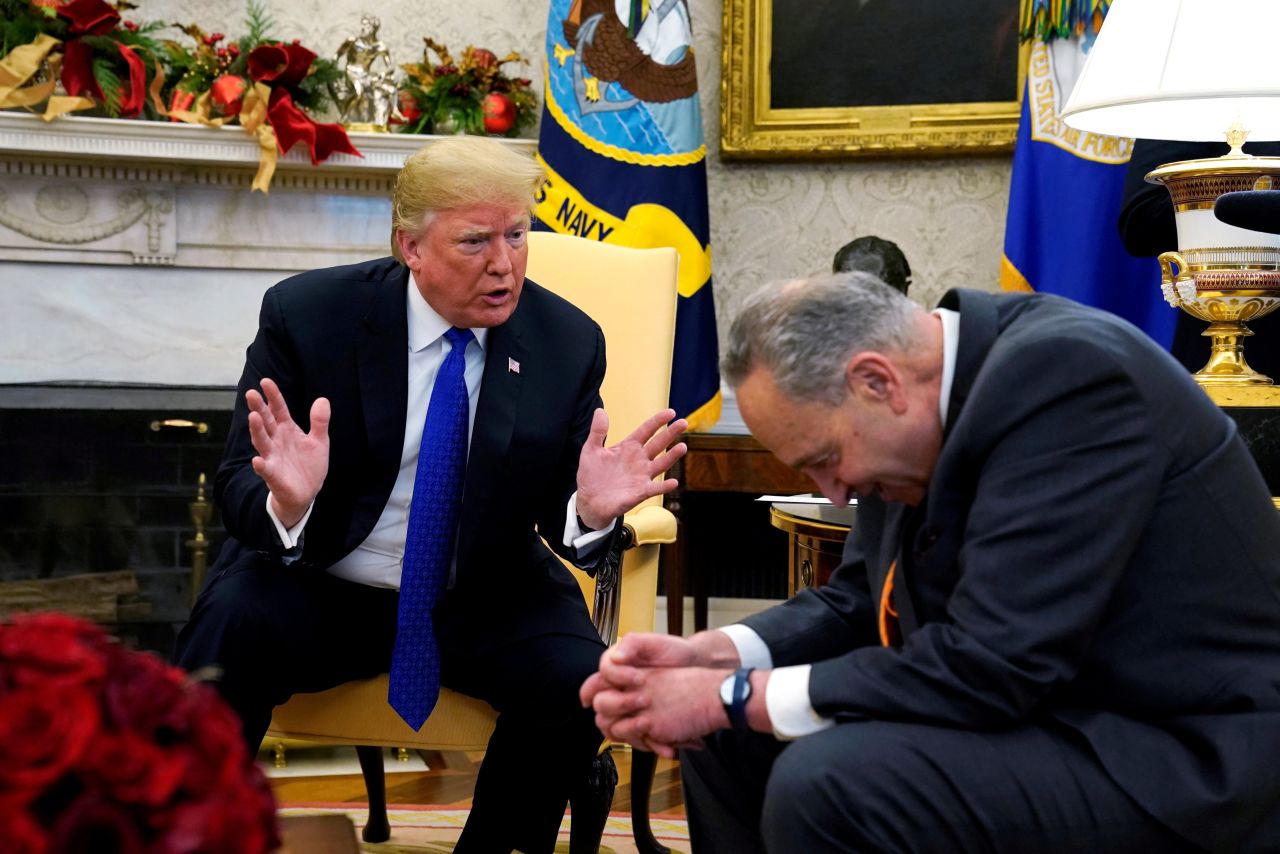The Lasting Effects Of Trump's China Tariffs: Examining Increased Prices And Reduced Product Availability

Table of Contents
Increased Prices for Consumers
The direct impact of tariffs is a straightforward increase in the cost of imported goods from China. These tariffs, essentially taxes on imports, are directly passed on to consumers in the form of higher prices.
-
The Direct Impact of Tariffs: Products like electronics, furniture, clothing, and numerous other consumer goods experienced significant price hikes. For example, tariffs on washing machines led to price increases of up to 20%, impacting household budgets across the board. Similarly, tariffs on steel and aluminum increased the cost of manufacturing various goods, leading to indirect price inflation.
-
Data from the Bureau of Labor Statistics shows a clear correlation between the implementation of tariffs and increased prices for specific consumer goods. Studies by the Peterson Institute for International Economics have further quantified the inflationary impact, showing that tariffs contributed to a noticeable rise in the Consumer Price Index (CPI).
-
The Indirect Impact on Inflation: The increased prices on imported goods didn't remain isolated. Supply chain disruptions caused by tariffs led to shortages, further driving up prices. Businesses faced increased costs, forcing them to raise prices on their products to maintain profitability. This ripple effect contributed significantly to overall inflation, impacting consumer purchasing power and economic growth.
-
Supply chain bottlenecks: Tariffs didn't just increase the cost of goods directly; they disrupted established supply chains, leading to delays and shortages. This disruption amplified price increases across multiple sectors.
-
Increased transportation costs: The need to source goods from alternative locations often meant increased shipping distances and higher transportation costs, which were passed down to consumers.
Reduced Product Availability and Supply Chain Disruptions
The imposition of Trump's China tariffs triggered a significant restructuring of global supply chains, leading to reduced product availability in certain sectors.
-
Impact on Specific Industries: Industries heavily reliant on Chinese imports, such as manufacturing and retail, faced the brunt of the impact. The availability of certain components and finished goods decreased, leading to production delays and shortages.
-
Case Study 1: Furniture Industry: The furniture industry witnessed significant disruptions, as many companies sourced furniture components and finished products from China. Tariffs led to increased costs and reduced availability, forcing businesses to raise prices or reduce product offerings.
-
Case Study 2: Electronics Manufacturing: The electronics industry, reliant on Chinese-manufactured components, faced production delays due to tariff-related supply chain bottlenecks, leading to shortages of certain electronic goods.
-
Shifting Supply Chains and Increased Costs: In response to the tariffs, many businesses attempted to diversify their supply chains, seeking alternative sourcing countries in Southeast Asia, Mexico, and elsewhere. However, this shift came at a considerable cost.
-
Increased sourcing costs: Establishing new supply chains involved significant upfront investments, including establishing new relationships with suppliers, adapting production processes, and navigating new regulatory landscapes.
-
Higher transportation costs: Sourcing from alternative locations often resulted in increased shipping distances and associated higher transportation costs.
Long-Term Economic Consequences of Trump's China Tariffs
The long-term effects of Trump's China tariffs extend beyond immediate price increases and supply chain disruptions, impacting businesses, workers, and the broader geopolitical landscape.
-
Impact on US Businesses and Workers: While the tariffs aimed to protect American industries, their impact on job creation and losses is complex and debated. While some sectors might have experienced short-term gains, others faced significant challenges and job losses due to reduced competitiveness and higher input costs.
-
Agriculture: The agricultural sector, a significant exporter, faced retaliatory tariffs from China, impacting sales and farmer incomes.
-
Manufacturing: The manufacturing sector experienced mixed results, with some segments benefitting from reduced competition while others struggled with higher input costs.
-
Geopolitical Ramifications: The tariffs significantly strained US-China relations, triggering retaliatory tariffs from China and escalating trade tensions. This had a ripple effect on global trade, impacting other countries and creating uncertainty in international markets.
-
Retaliatory tariffs: China imposed retaliatory tariffs on numerous US goods, impacting American exports and businesses.
-
Trade war escalation: The trade dispute between the US and China created uncertainty and negatively impacted global economic growth.
Conclusion
The lasting effects of Trump's China tariffs are multifaceted and far-reaching. Increased consumer prices, reduced product availability, and significant disruptions to supply chains are undeniable outcomes. The long-term economic and geopolitical ramifications continue to unfold, highlighting the complex interplay between trade policy and economic realities. Further research into the topic is crucial to understand the full impact of these tariffs and inform future trade policy decisions. By analyzing the effects of China tariffs and the impact of Trump's China tariffs, we can better prepare for future trade challenges and make informed decisions regarding international trade relations. Continue exploring the long-term effects of China tariffs and their impact on the global economy.

Featured Posts
-
 Analyzing Tylor Megills Pitching How Hes Helping The Mets Win
Apr 29, 2025
Analyzing Tylor Megills Pitching How Hes Helping The Mets Win
Apr 29, 2025 -
 Europe On High Alert Analyzing Recent Russian Military Actions
Apr 29, 2025
Europe On High Alert Analyzing Recent Russian Military Actions
Apr 29, 2025 -
 China Market Headwinds Analyzing The Struggles Of Bmw Porsche And Other Automakers
Apr 29, 2025
China Market Headwinds Analyzing The Struggles Of Bmw Porsche And Other Automakers
Apr 29, 2025 -
 Betting On Tragedy The Growing Problem Of Wildfire Wagering In Los Angeles
Apr 29, 2025
Betting On Tragedy The Growing Problem Of Wildfire Wagering In Los Angeles
Apr 29, 2025 -
 Understanding The Value Of Middle Management In Todays Workplace
Apr 29, 2025
Understanding The Value Of Middle Management In Todays Workplace
Apr 29, 2025
Latest Posts
-
 Chuck Schumer On Stepping Down I M Staying Put He Insists
Apr 29, 2025
Chuck Schumer On Stepping Down I M Staying Put He Insists
Apr 29, 2025 -
 Perplexity Ceo On The Ai Browser War Taking On Google
Apr 29, 2025
Perplexity Ceo On The Ai Browser War Taking On Google
Apr 29, 2025 -
 I M Staying Put Schumer Defends Leadership Amid Calls For Change
Apr 29, 2025
I M Staying Put Schumer Defends Leadership Amid Calls For Change
Apr 29, 2025 -
 Europe On Edge Analyzing Recent Russian Military Movements
Apr 29, 2025
Europe On Edge Analyzing Recent Russian Military Movements
Apr 29, 2025 -
 Kuxius Solid State Power Bank Higher Cost Longer Life
Apr 29, 2025
Kuxius Solid State Power Bank Higher Cost Longer Life
Apr 29, 2025
